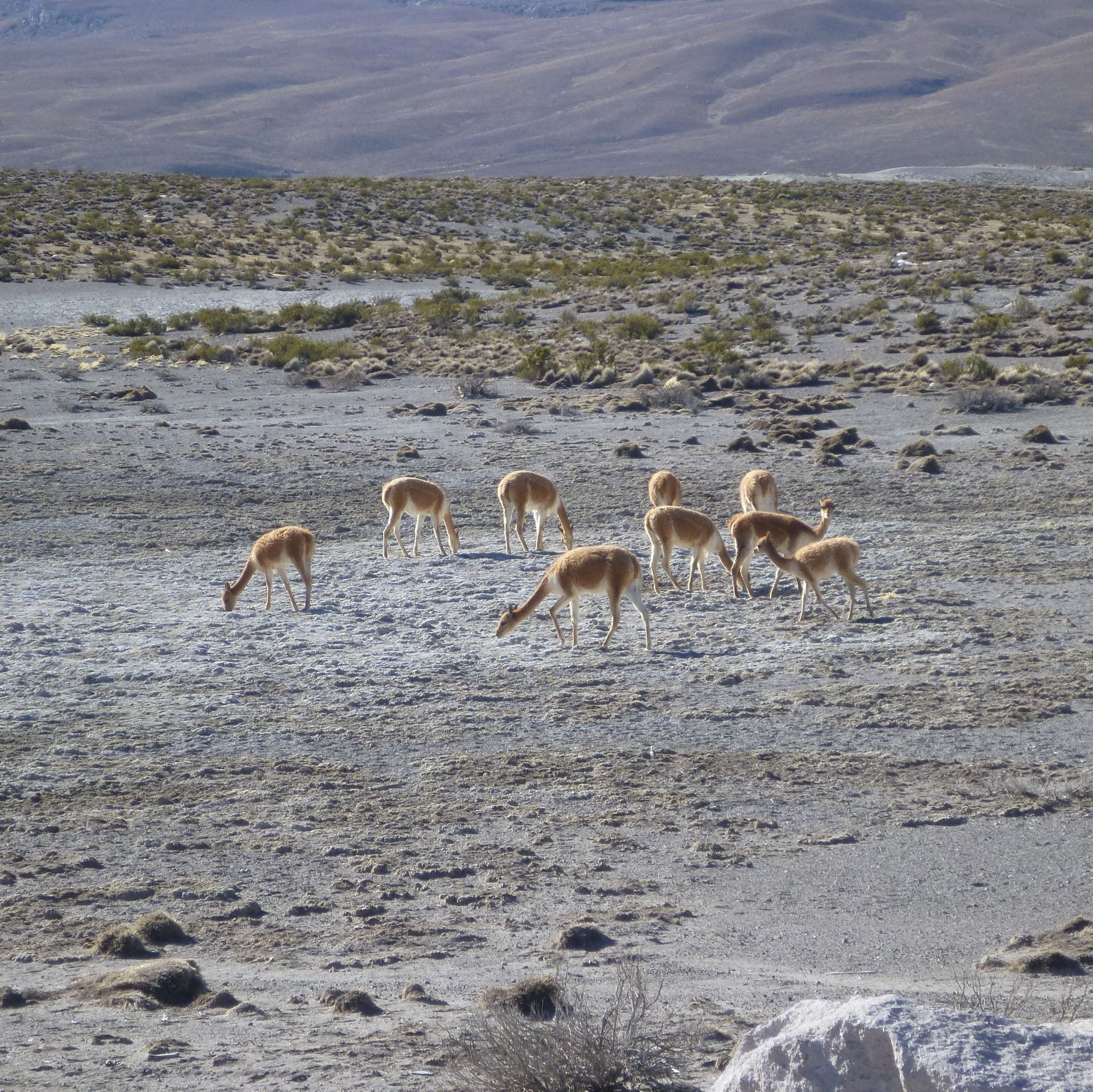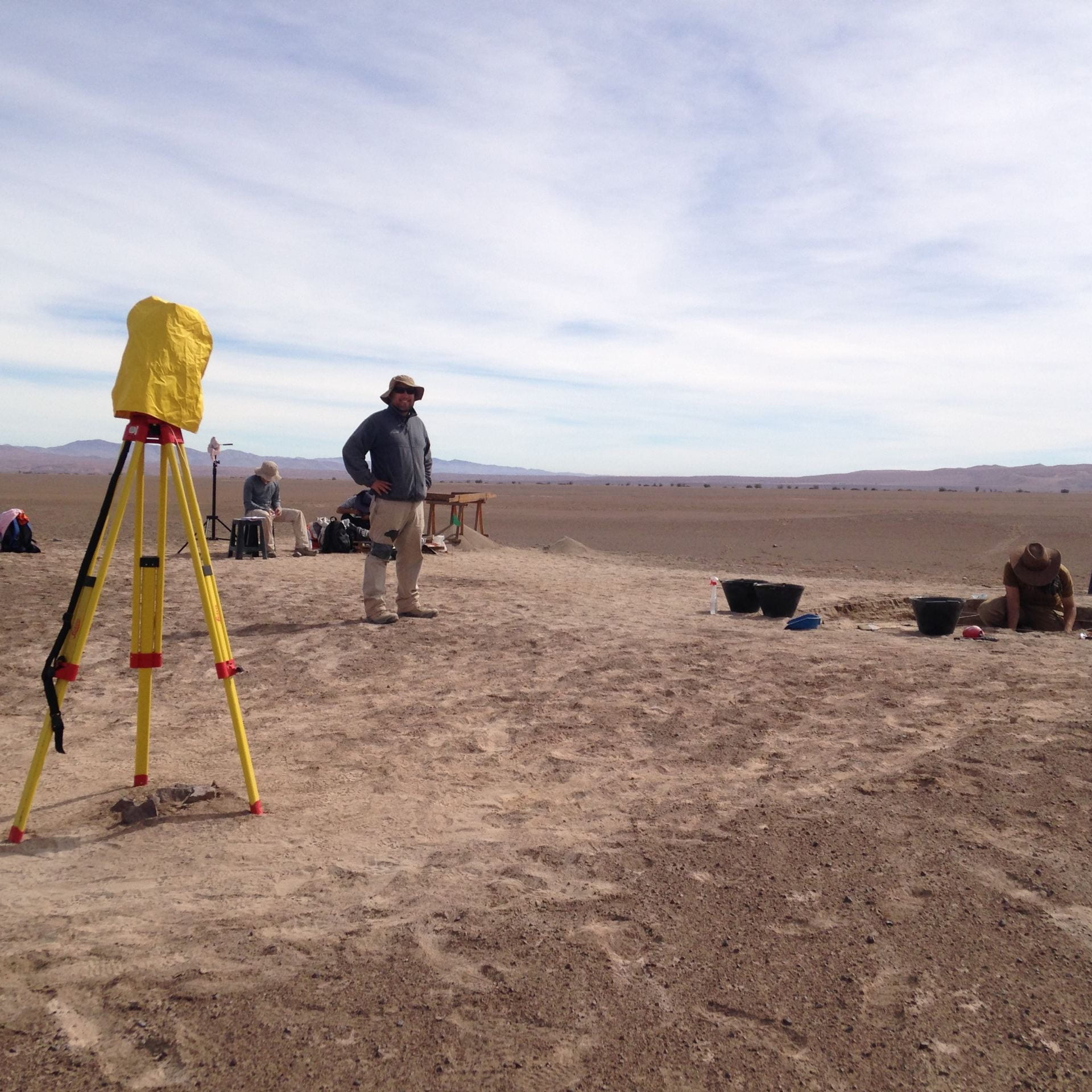Exploring the archaeological record of the earliest inhabitants of the Andes is essential for understanding when this region was initially occupied by humans as well as how subsequent adaptive processes followed over time. To this effect, we have documented and investigated Late Pleistocene and Early Holocene human settlements in northern Chile and southwestern Bolivia. For instance, sites in Quebrada Maní and Cueva Bautista separated by nearly 250 km and over two thousand meters of elevation, were contemporaneous and might have even been part of cycles of mobility engaged by highly mobile groups of hunter-gatherers for exploiting a variety of high-quality resources on a seasonal basis. These occupations were also isochronous with periods of continental-scale climatic change that featured macroregional increased humidity that boosted the productivity of these presently, mostly barren landscapes. This work has been presented in various peer-reviewed articles also constitutes a strong baseline for understanding subsequent trajectories of cultural and paleoenvironmental change in the south-central Andes.
Collaborators
- Dr. Calogero Santoro, Universidad de Tarapacá, Chile
- Dr. Juan Albarracin-Jordan, Universidad Mayor de San Andrés, Bolivia



